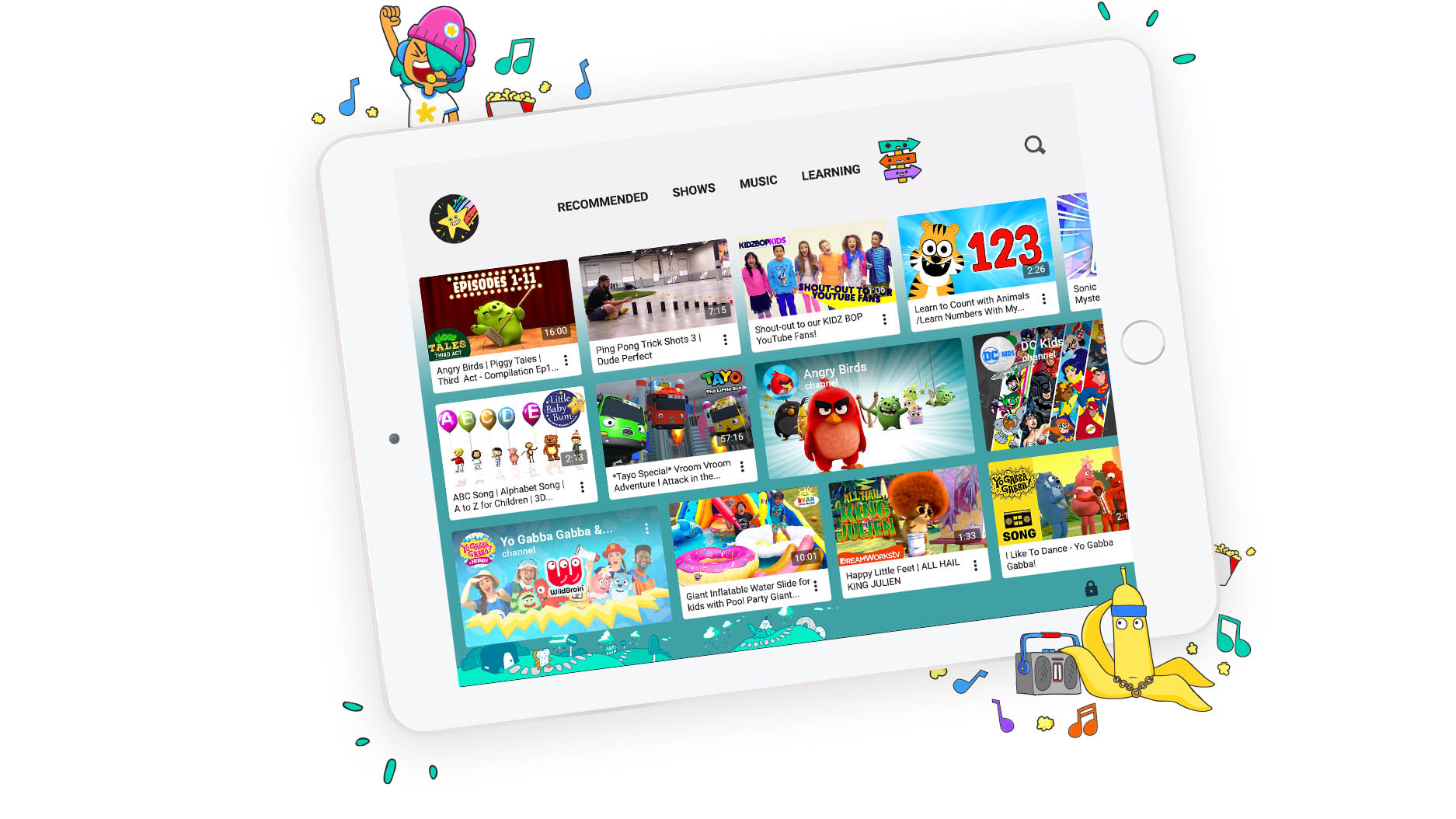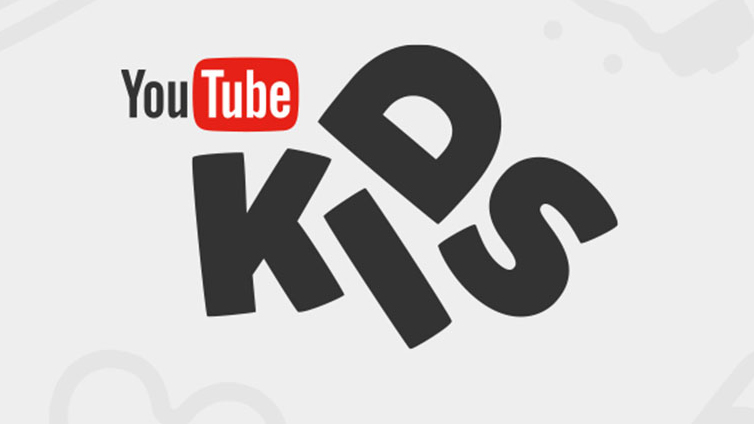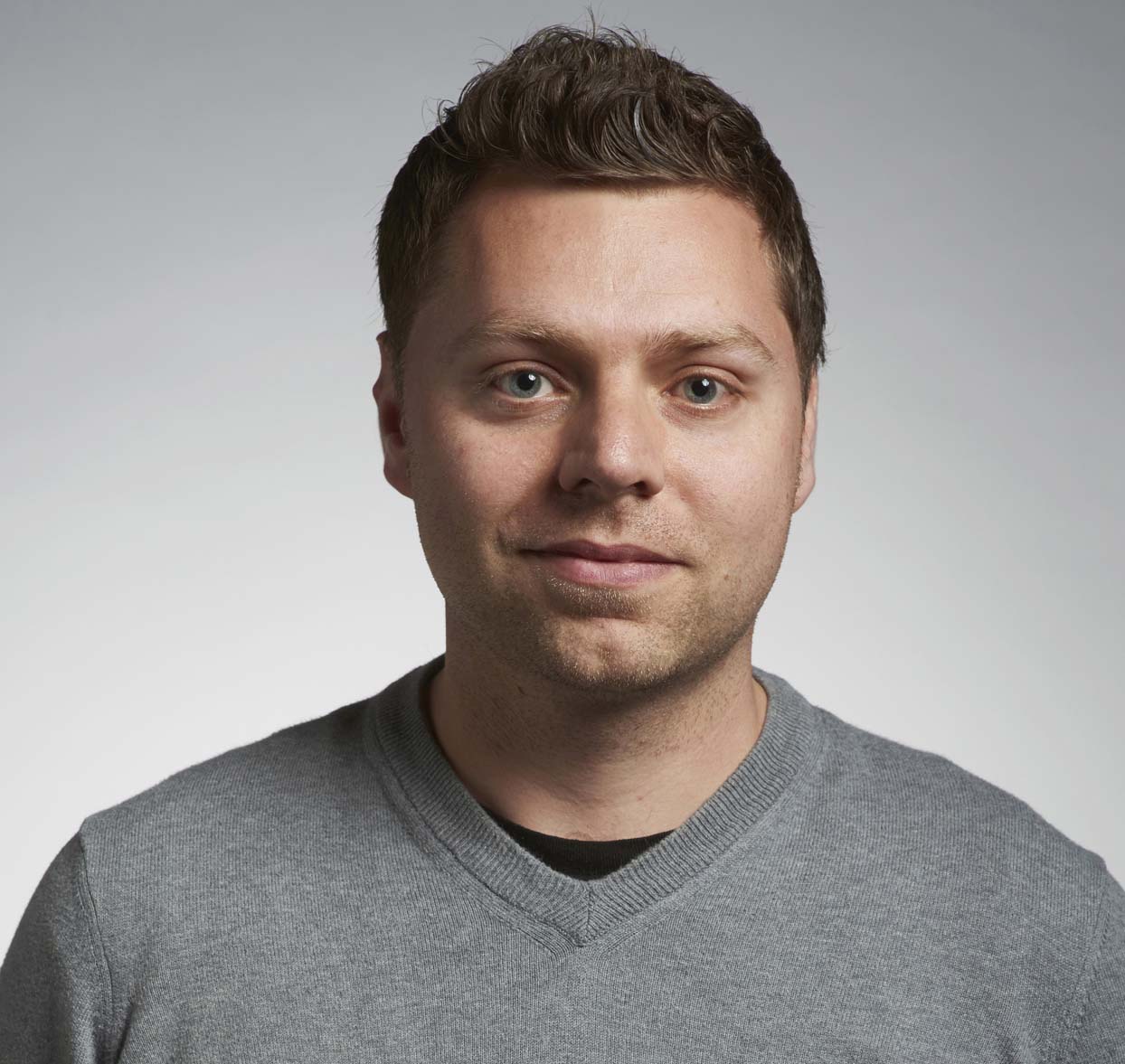The YouTube kids are not alright and this needs to change, fast
An algorithm is not the nanny our kids need

My son watches things on YouTube Kids. He's more interested in how tactile the iPad’s home button is than anything else. But when he does eventually settle he's transfixed.
I'm choosy about what he watches, mainly because I want him to be interested in the things I was as a child. Thomas the Tank Engine, Postman Pat… kids' staples (or at least staples of the early childhood of a British ‘80s kid).
I watch with him, sometimes out of curiosity to see how the cartoons from old have changed to fit into this brave, new world. But mostly I watch him watching to see how he interacts, how transfixed he is. It's beautiful to see his mind exploring away.
YouTube Kids - alongside any service with children at the heart - should be a safe haven, a place for exploration, excitement and curiosity. Everything on there should be greenlit, legislated, authorised.
Worryingly this doesn't always seem to be the case. First there was an eye-opening investigation that laid bare some channels that took advantage of children watching colorful shiny things - on YouTube's main site - by filling it with surreal and frankly scary unauthorised videos.
It was content created purely for clicks - a cynical and potentially dangerous way to make a fast buck and something YouTube has made efforts to clamp down on.
But now its algorithm has fallen short again. On the apparently safe confines of YouTube Kids - the cotton wool-wrapped version of YouTube that's supposedly free from the bile and hate that always threaten to rise on the full-fat service – uploaders are seemingly taking advantage of innocent eyes, with hours of conspiracy theory videos being served up on the site.
Get daily insight, inspiration and deals in your inbox
Sign up for breaking news, reviews, opinion, top tech deals, and more.
YouTube, again, has taken these videos off of YouTube Kids after Business Insider, who uncovered the videosand notified the site.
But it's another case of too little too late.
Fight for the right information
Google, Facebook and the other tech titans are fighting a losing battle at the moment.
Their algorithms are designed to serve up the most relevant content. But this is being hijacked for nefarious means.
Fake news, propaganda - whatever spin you want to put on it, the internet is quickly turning into the Ministry of Information Superhighway, not fussed about serving you fact but rather a neat blend of what suits.
Mark Zuckerberg has promised to make this stop by employing actual humans (third-party fact checkers) to sift through the rubbish. Google has begun banning certain sites from its algorithm, but still things are creeping through, still search is searching too far to the left or the right to find content.
This is why we need safe havens for our children. Our kids will grow up with a better, more innate knowledge of tech than us but that doesn't mean we should expose them to the ugly world offered to them at a young age.
If YouTube Kids' barrier is too low and sewage keeps seeping through, whether it's by subverting the algorithm or other means, then it needs to stop.
But it's not just the tech companies that need to tighten their policies and get stricter with their rules – it's the parents too.
Back in 2017, Amazon announced an analytics system for its kids tablet that would offer up data on how a child uses that tablet. Information on what they are watching, reading and playing is all available.
The analytics are there so you can get closer to your child, see the media they consume and in turn understand them that little bit better. With all data, though, this can actually throw up nodes of note, pressure points that can be addressed.
Why is your child reading this book every night, watching this video clip over and over again?
The data can be used as a warning sign, a red flag that maybe the book is too difficult or that there's something a bit too addictive about the show they are transfixed with.
This all sounds promising, until you see what other services are doing with similar data. Netflix recently ended a trial where it was offering 'patches' to kids that binge watched certain programmes - the more you watched, the more patches and rewards you got.
Netflix wanted this to be a fun way to gamify its site, but it's easy to see why it could have negative connotations and it's also easy to see how you could use this information for the greater good - warning parents that maybe their children are watching too much.

YouTube has the right data to deal with this, but it needs to start using it. It's quick to stop adverts flowing on a YouTube personality's account when there's a hint of copyright infringement or controversy. But the fact there were hundreds of these zombified kids clips means it isn't using the data effectively enough.
Yes, true hate needs to be wiped from the platform and the internet as a whole, but much more scrutiny needs to be put on anything that's branded 'for children'.
Some steps are being made. Google revealed back in November 2017 a big update to the YouTube Kids service that places more control into what is viewable in the parents’ hands, so lessons are being learned.
But it really doesn't take much for trust to be broken and for a service to lose a user when it feels that its not operating in the consumers' best interests. Many a site's downfall has been because of this.
Something more needs to be done and fast. There's only a small window where a child's innocence can be protected but we must all do what we can to make sure that window doesn't shatter.
- Head to the YouTube Kids Parental Guide for more information
Marc Chacksfield is the Editor In Chief, Shortlist.com at DC Thomson. He started out life as a movie writer for numerous (now defunct) magazines and soon found himself online - editing a gaggle of gadget sites, including TechRadar, Digital Camera World and Tom's Guide UK. At Shortlist you'll find him mostly writing about movies and tech, so no change there then.
